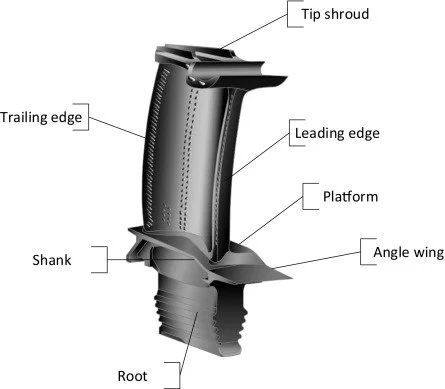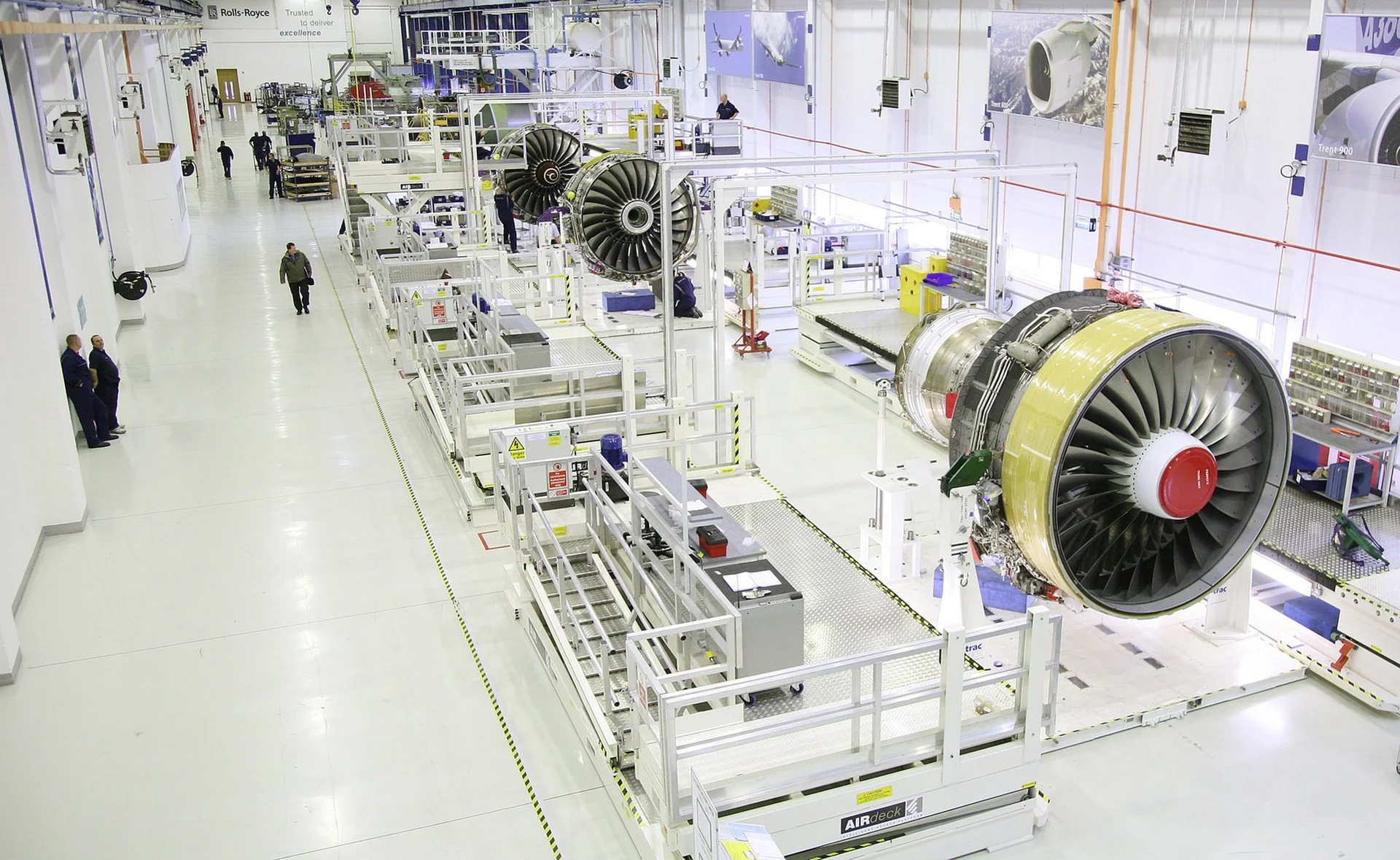By examining correlations across thousands of sensor points, I identified potential culprits for defects—anything from a slight temperature deviation to an unexpected fluctuation in cooling times.
Armed with these findings, I orchestrated simulation scenarios that predicted how process changes would impact final product quality.
This gave the factory a data-backed way to optimize blade creation without halting production. With this integrated, iterative approach, the project significantly cut down on faulty blades, boosted overall efficiency, and established a new blueprint for operational excellence at Rolls-Royce.





